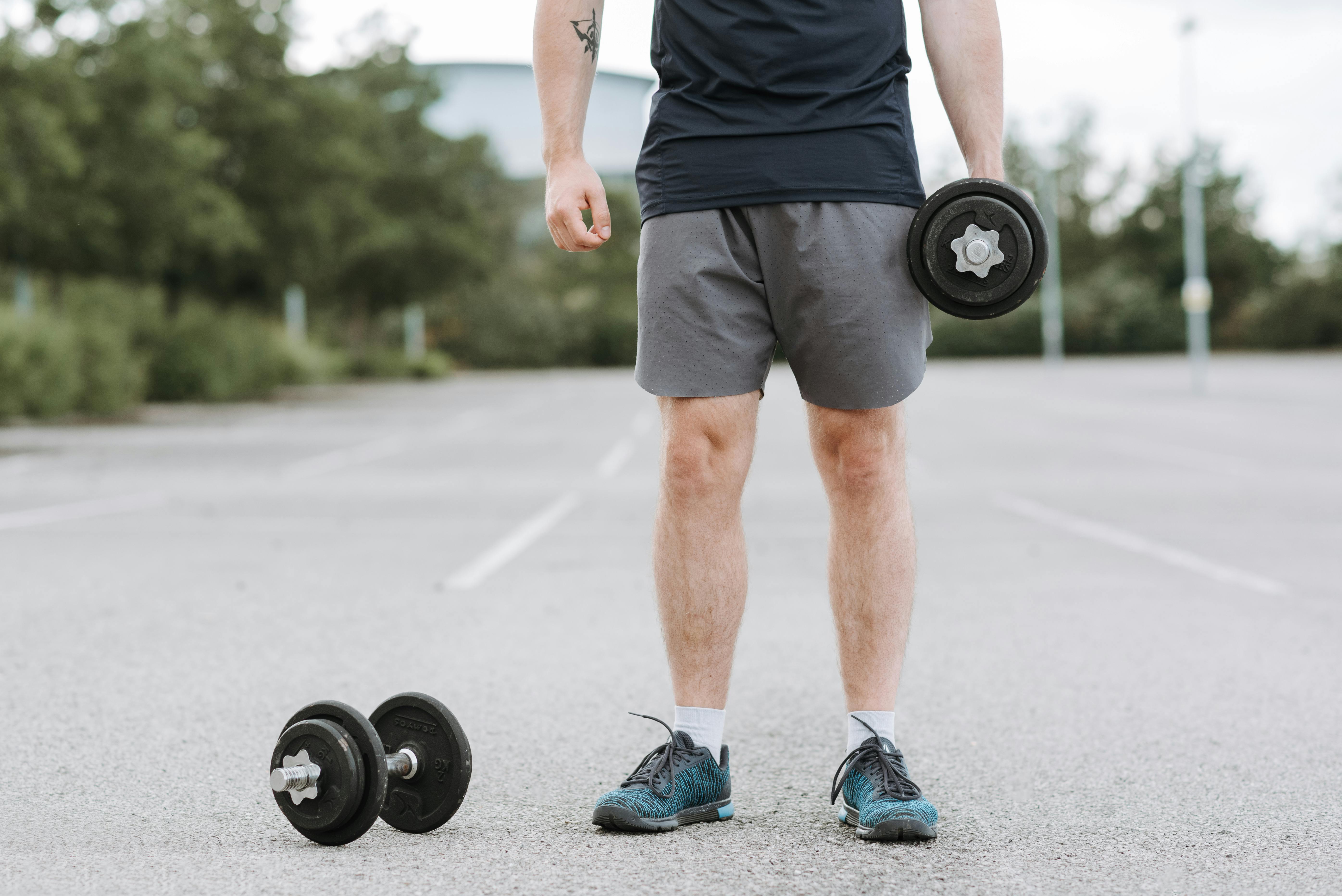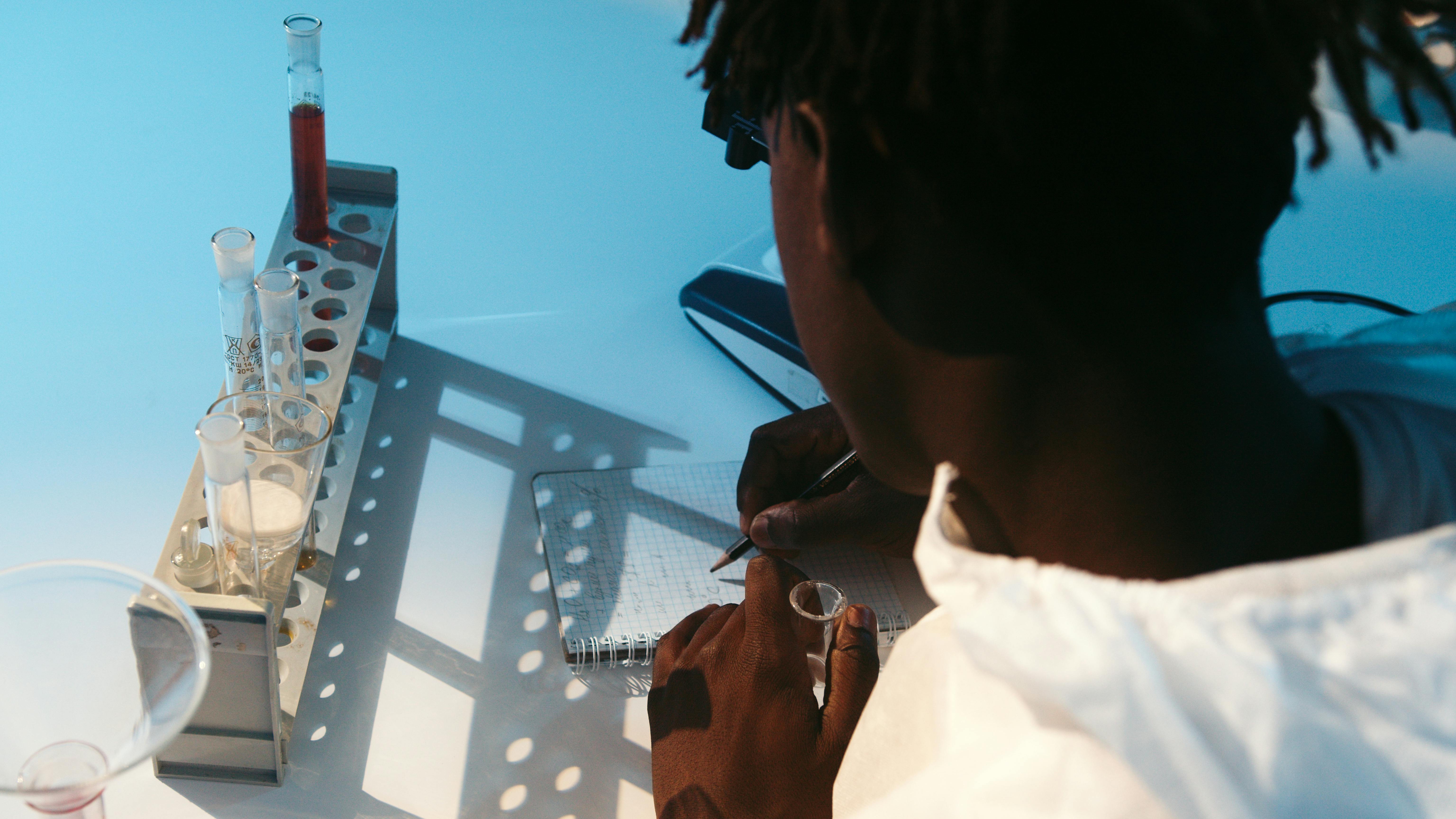Chuojiao, which means “sharp foot”, uses various jumping, rapid sequences of punches and kicks. It relies heavily on coordination between fist and foot movements, which are used to continuously punch forward; which causes some practitioners to refer to it as “falling meteorites”. This technique has the advantage that it never gives the opponent a chance to recover. The training employed is unique, to say the least. Heavy weights are strapped to a student’s calves; and are instructed to jump against a wall. Unfortunately, Chuojiao is not widespread and is mainly taught in northern China.
History
Chuojiao’s origins date back to the Northern Song dynasty around 960 AD. It gained popularity during the Ming and Qing dynasties from 1368-1911. Although not certain, it is believed that Chuojiao derives from the Wen family’s boxing style. Once again, history and legend blur the line between historical fact and fiction; but it is believed that the founder was Deng Liang, who designed the martial art according to the basic 18-foot moves. It is said that he created the basic concepts with calculations made with the Chinese abacus (one of the first counting tools).
fighting technique
Chuojiao, aptly called boxing with the feet tucked in, uses strong and light maneuvers, and strikes that employ various tricks with the feet. Your feet and hands work in unison, giving you more reach and therefore a slight advantage. Strikes can be fatal, but short. Chuojiao is a tough martial art that uses routines of nine interconnected feet. Sometimes the routines are linked together, other times they are practiced separately. These footwork, or “twin footwork,” are difficult to master. You can watch an introductory video on foot tricks here.
academic style
Chuojiao’s scholarly style is derived from the previous form. It is said that during the years 1875-1908, the boxer Hu Fengsan traveled to Hebei Province to study with the Chuojiao masters. After learning the secrets of the martial art, Hu returned to his home province where he created what is known as the academic routine, or Hu-style Chuojiao. The academic routine consists of compact, graceful stances and varied but precise attacks. It uses super fast fist and foot deliveries. The academic style is divided into these forms:
-
Chuan of 12 movements
-
Chuan of 18 movements
-
Chuan flying swallow
-
arm chuan
-
chuan rotating ring
-
chuan jade ring
-
Chuan of six methods
-
two-eight chuan
-
two and eight foot games
-
Chuan of 16 movements
-
Chuan of 16 movements
-
Chuan of 32 movements
-
soft fall Chuan
-
one legged 80 foot games
-
Plays with the fist of 81 movements with one hand
The martial scholar Tumbling Chuan
This Chuojiao style combines the original and academic forms to create a powerful sparring fighting technique. Use straight, round, drop-pick, high-low, and extension-flexion movements; along with stationary exercises, flexibility and hard movements that are precise and well planned. Sophisticated tricks are used on the ground, such as foot strikes, foot strikes, leg strikes, Shaolin foot strikes, free mind foot strikes, and eight diagram foot strikes. All of which have their own particular rhythms, shapes, styles and techniques.
The bottom line
This is an ancient art, rarely used and difficult to master. Training is weird by most definitions and exhausting. Balance and rhythm are essential to mastering footwork and require years of training. If you are interested in this art, it can be difficult to get the proper training, unless you live in China. However, you can find videos like the one above, or possible video courses online or in the mail, although they are likely to be taught in Chinese. That being said, if you start this journey, you will undoubtedly be part of a minority of Westerners who understand and know the ancient art of Chuojiao.
Standing united we pack a punch



